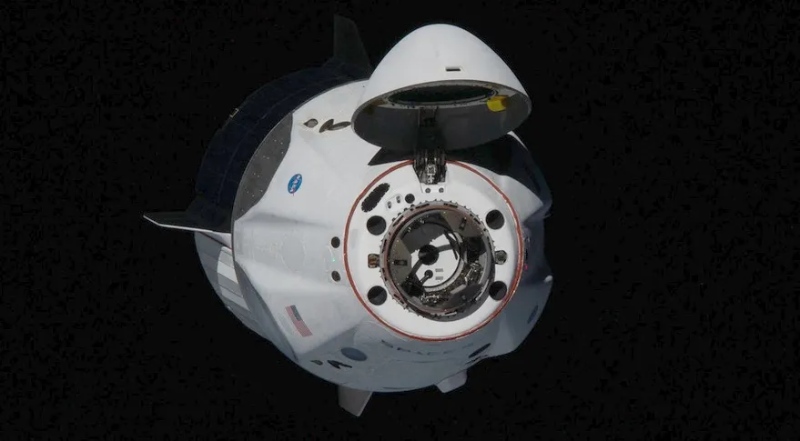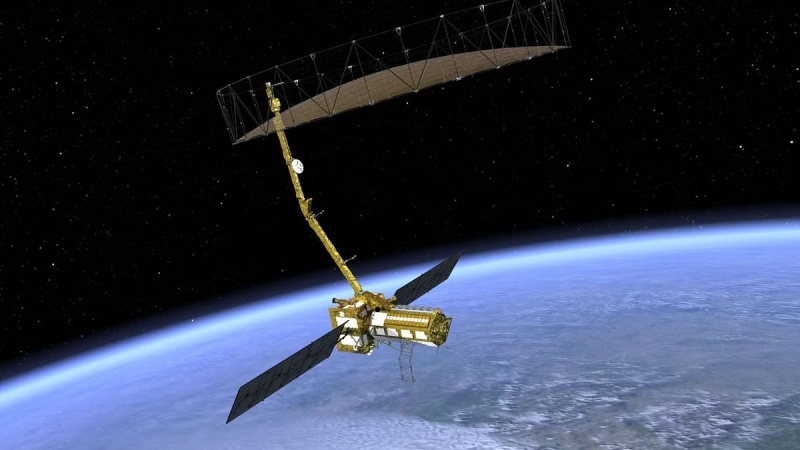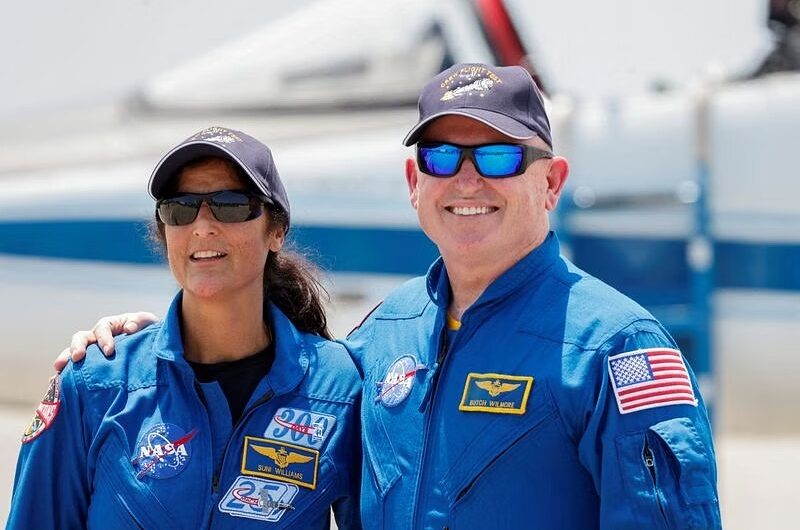The Polaris Dawn mission, orchestrated by SpaceX, is set for launch on July 31, marking billionaire Jared Isaacman’s second journey into space. This mission will be carried out using SpaceX’s Crew Dragon spacecraft, which will be launched from NASA’s Kennedy Space Center aboard a Falcon 9 rocket. Accompanying Isaacman on this groundbreaking mission are pilot Scott Poteet and two mission specialists, Sarah Gillis and Anna Menon.
This mission aims to achieve the highest-ever crewed Earth orbit, reaching an altitude of 700 km and surpassing previous records. The crew will orbit the Earth for five days, conducting various scientific experiments and observations. A significant part of the mission involves the Dragon spacecraft passing through the Van Allen radiation belt, where the crew will conduct research.
SpaceX has designed a new spacesuit specifically for this mission, tailored to explore scalable spacesuit designs for future long-duration spaceflights. This innovation is crucial for advancing the development of suits that can endure the rigors of deep space exploration.
One of the primary objectives of the Polaris Dawn mission is to test Starlink’s laser-based communications system in space. This system aims to enhance future space communication networks, essential for upcoming missions. The crew will gather critical data to improve these networks, ensuring reliable communication in space.
Additionally, the mission includes a series of scientific studies to advance our understanding of human health in space. One area of focus is the monitoring of venous gas emboli—gas bubbles that can form in the bloodstream—to understand the effects of space radiation on the human body. The mission will also investigate Spaceflight Associated Neuro-Ocular Syndrome (SANS), a condition affecting astronauts’ vision. Furthermore, the study will establish a long-term biobank for future research.
The Polaris Dawn mission is a collaborative effort, with SpaceX partnering with several esteemed organizations to conduct scientific research. One notable partner is the Translational Research Institute for Space Health (TRISH), which plays a vital role in the mission’s scientific endeavors.
This mission is poised to set new benchmarks in space exploration, pushing the boundaries of what is possible in crewed spaceflight. By conducting high-altitude observations, testing advanced communication systems, and studying the impacts of space on human health, the Polaris Dawn mission aims to pave the way for future deep space missions.
Topics #Astronauts #Earth #Elon Musk #galaxy #July 31 #mission #NASA #news #Polaris Dawn #solar system #SpaceX #universe











